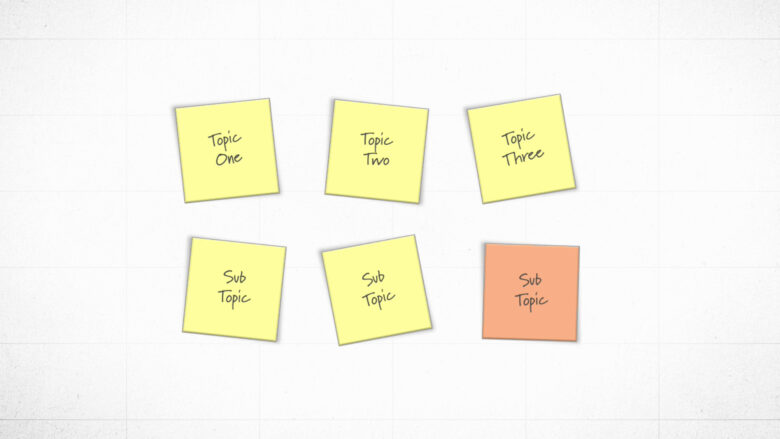Essays have become common and vital in today’s education system. Nowadays, students have to create unique and content-worthy articles from their middle school itself. Later on, they have to write plenty of essays in high school, college, university, and sometimes while applying for jobs.
In simple words, an essay is interpreted as a brief article that can convey data, including the writer’s personal viewpoint. From simple essays to academic essays and essays that you write in competitions, drafting an outline for it will help you make a unique, premium, and highly engaging essay.
If you do not have much free time and are willing to get the essay done by professionals, make sure to pay a visit to this website: www.homeworkhelpglobal.com. It offers custom essay writing services, and they help develop unique, original, 100% plagiarism-free papers, which are modified as per the individual criteria.
Top 6 Ways To Plan The Structure Before Starting To Write An Essay

Having understood the significance of essays and how their pattern should be pre-drafted, we are here with this list of the best ways to design the structure before beginning to formulate the article.
1. Understand The Essay Topic
The first and foremost thing you have to do is figure out what the essay topic is about. It is because many students are writing unnecessary information which is nowhere related to the original essay topic. Hence, it is better to check out the details of the essay and other guidelines provided by the competition organizer or your teacher.
Give more preference to read about essential details such as the essay topic, marking standards, referred sources, and background information on the theme. After getting a brief idea about the article, make sure to highlight the primary phrases. For example, if your topic: “How movies are having an influence on children and youth of present generation?”, then the highlight phrases would be movies, impact on children, and youth.
2. Collect The References And Note Them Down

After understanding the essay topic, you can discover more information related to it. Avoid writing without doing any prior research because the information you provide can sometimes be outdated or inaccurate. In order to prevent these things from happening, it is better to read the resources you have collected so far.
In addition to that, some teachers will also provide sources and relevant references so that you can read them before writing. Most instructors tend to give lecture slides and assigned readings. Hence, make sure to download those files and use them to create an essay plan.
3. Make A Detailed Mind-map
If you have access to the related information, it is better to sort out the ideas which you have in your mind on the paper. One decent and easiest method to categorize your thoughts is to develop a comprehensive mind map. Mind-map looks similar to the flowchart where you will keep a separate box for the main topic and extend it to various compartments for subtopics.
Do not write everything you have on your mind. Instead, it is best to choose and put down only the key ideas and make sure to trim those ideas in one or two sentences. For example, if you have to write a 1000-word essay, three to four fundamental concepts are better and include six to eight ideas for a 2000-word essay, and so on.
4. Organize The Sub Topics

Many students often make common mistakes when it comes to organizing the subtopics. It is relatively critical to establish the sub-topics step by step. For example, you can not write about the conclusion of the essay in the first heading itself. So, make sure to create an outline that clearly gives you an idea about which subheadings will come first.
Make sure to use strong points in the introduction (starting) and conclusion (ending) of the essay. Keep in mind not to miss the logic while writing and using the subtopics. In addition to that, maintain the flow of the article and remember not to break it.
5. Allocating Word Count
Though it is not mandatory in all types of essays, you have to allocate word count for the specific category of articles. Some students who did not allot word count for all the sections tend to end up with loads of unnecessary information in a single category. In order to avoid it, it is advised to divide the total word count as per the requirements of certain sections.
For instance, if you have to write a 2000 word essay, the actual content will be about 1700 words. The rest word count goes to references, research citations, and other stuff. In addition to that, 100 to 150 goes to the introduction part. The primary body of the essay accounts for about 1300 to 1500 words. Lastly, the conclusion part can take up to about 100 to 150 words.
6. Decide The Correct Citation Style

For some types of essays, you have to add citations in specific styles. As you know, there are several ways to cite resources that you have used for your research on the essay topic. In many situations, the citation style is based on the academic subject involved. Sometimes, you will have to get in touch with your teacher to know which mode to use.
Here is a brief list of the different citation styles:
- APA (American Psychological Association) is mostly utilized by education, sciences, and psychology disciplines
- MLA (Modern Language Association) style is utilized in the humanities discipline
- Chicago or Turabian style is normally utilized in business, history, and the fine arts disciplines
Bottom Line
We have listed all the essential steps on how to plan the structure of the essay prior to writing it. Make sure to follow all the mentioned steps as they will help you create an excellent outline for the essay you plan to write. If you want, you can also check out others’ drafts and see how it works.

